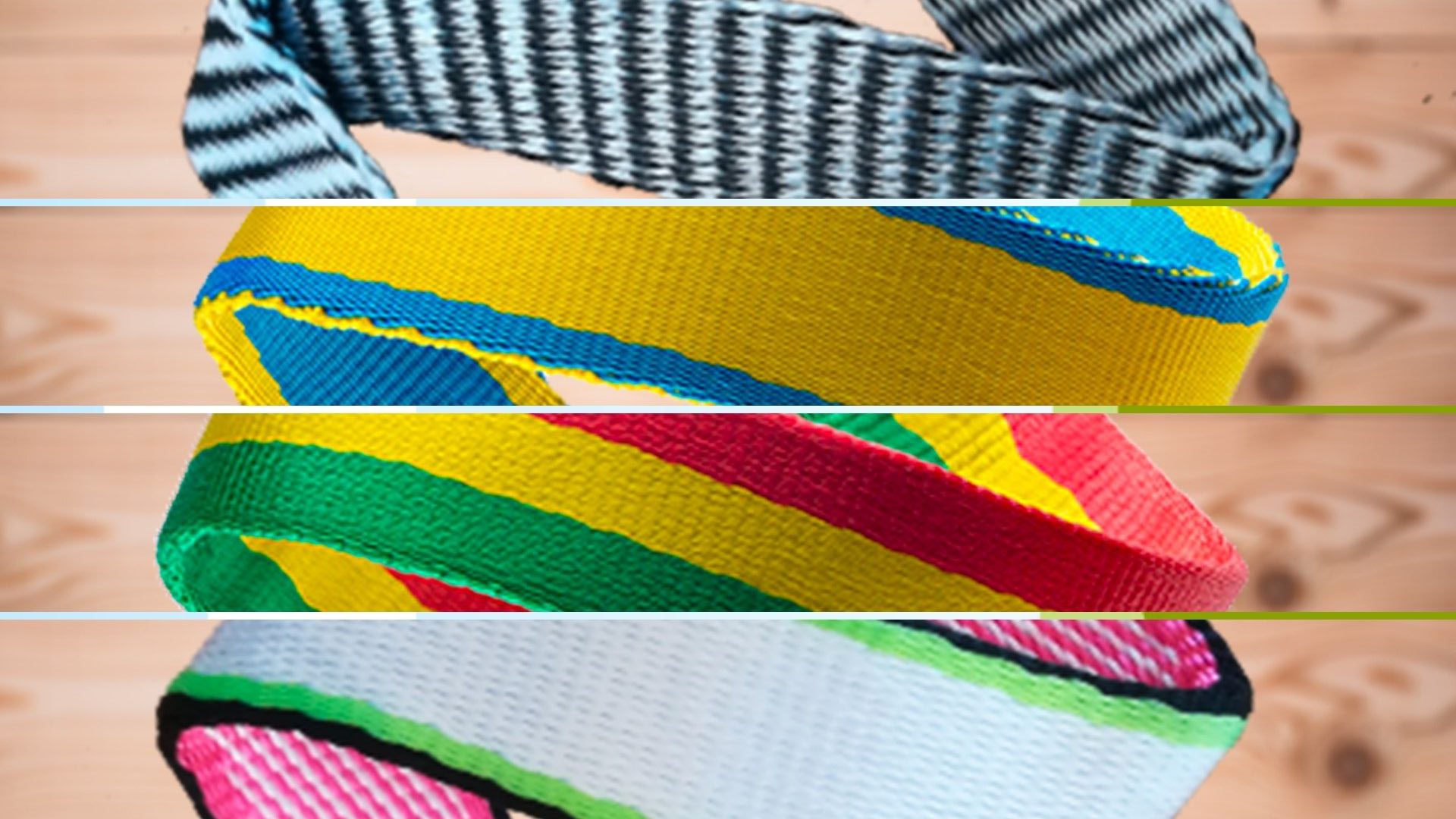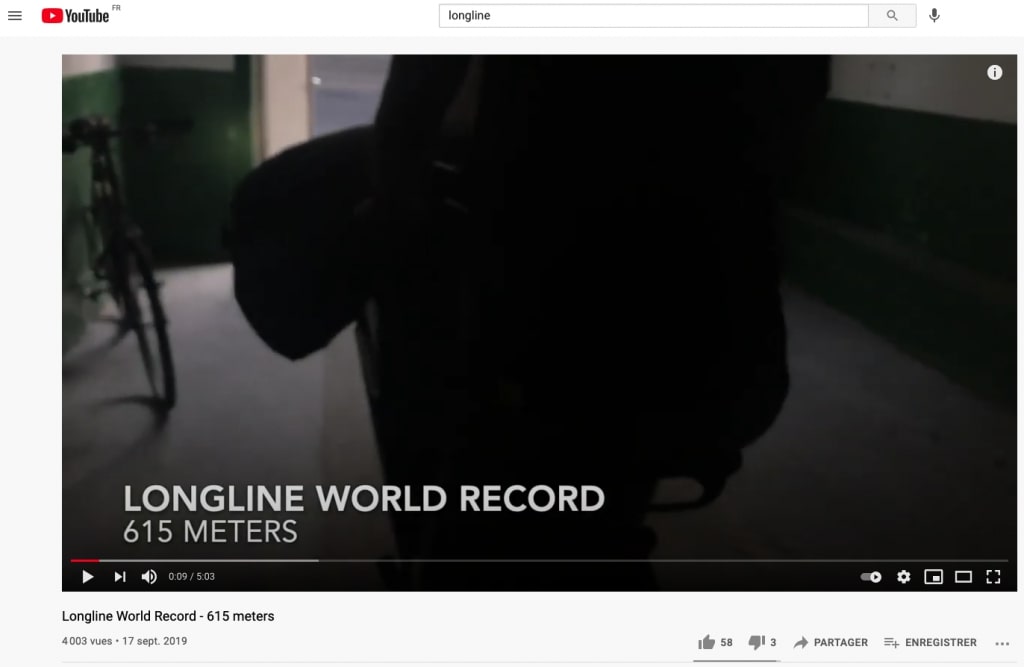longline
1. What is longlining ?
A longline is a slackline, that is at least 30/35 meters long, close to the ground – at a height that does not require having to wear a safety harness.
Today, the best slackliners are capable of crossing longlines of several hundred meters! The current world record is held by Joshua Leupolz who crossed a 615 meter longline.
Beyond the physical difficulty and the important concentration that a crossing requires, the complexity of the longline lies especially in finding the appropriate place : the good spot.
Because longer is always higher. This is simply due to of the elasticity of the slackline webbing and the weight of the slackliner. In the middle of a slackline, you are always lower than at the ends.
This difference in height between a tensioned longline without a slackliner and one with a slackliner on is called “the sag”.
2. Where i can practice longlining ?
To find the right spot near, around you, but also people to slackline with, please visit the following section : “Where can I practice”
3. Equipment required
The slackline webbing

First of all, you will need a slackline webbing, and of course, one long enough.
The tensioning system
Using a two ratchets system, you will be able to tighten a maximum of 35 meters.
Using a primitiv system with multiplier, you will reach a maximum length of 50 meters.
With a pulley system combined with weblock, you will be able to tighten 50 meters and more.
4. How to start longlining ?

Correct and safe set-up
Over 50m, we recommend rigging at minimum shoulder height.
On 75-100m, you have to tighten around at face height, or even at the height of arms stretched upwards.
The aim is to put the right amount of tension (not the maximum possible) in the slackline and thus to be able to practice safely within the limits of the equipment. It’s important to know how to measure tension and to use the appropriate equipment. Use this chart to help you calculate the reasonable tension.
Take enough time to find the right spot with a sufficient hollow. You will have a nice sag and in the same time walk closer to the ground (especially at both ends)
Do not forget to install backups to secure your equipment! This is a rule that applies to all equipment, whatever it is. Slacklining consists of putting equipment under permanent tension and walking on it. Do not forget it ! Although the resistance of the equipments is adapted to the practice of slacklining, and is even tested, there is no such thing as zero risk. Backups are used to avoid as much as possible the projection of elements of the slackline system, and therefore to protect people nearby.
For more information on security, go to the “safety” section.
Some skills to master
With a little practice, longlining is accessible to those who want it. You will obviously need to be comfortable over short distances and then increase gradually the length of the slackline. It will also be necessary to know how to do a sit start, such as the “chongo start » (sometimes also called chongo mount). Because in most situations your feet will not touch the ground where you will start your crossing.
And what about falls ?! How to cope with a fall ???
You have to learn “to catch”, that is to say to catch up the slackline in the event of a fall. It is very important for your safety. This technique allows you to avoid a bad fall to the ground. This method works both for longlining and highlining.




